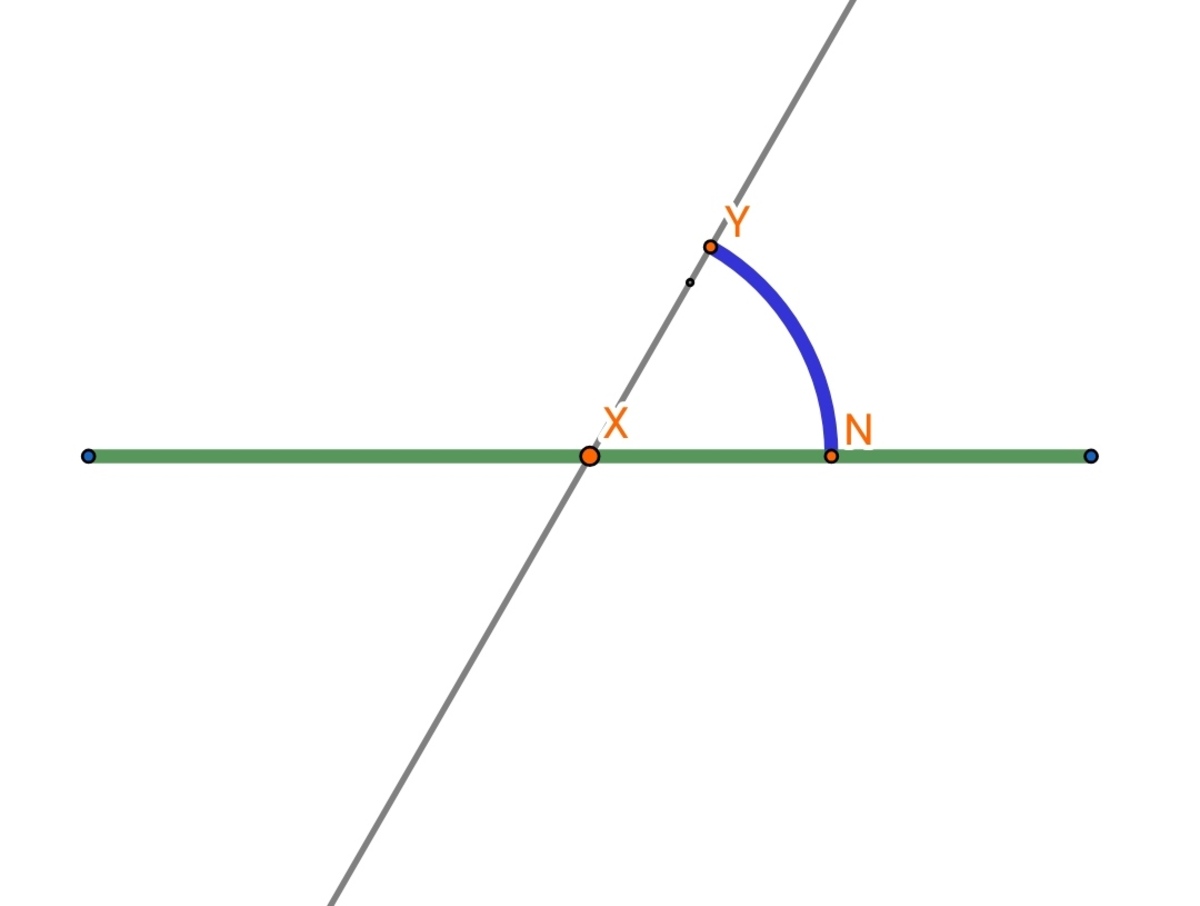Expected Moment (part 3)
A uniform circular disc of mass
M
and radius
R
is placed at
x
2
+
y
2
=
1
is rotated at a random axis passing through its center and making
θ
with horizontal
0
°
<
θ
<
9
0
°
.
∠
N
X
Y
=
θ
I have provided the view of system from
−
Y
axis.
 If the expected moment of inertia is
α
M
R
2
. What is the value of
α
?
Note
The probability distribution is uniform as a function of
θ
.
If the expected moment of inertia is
α
M
R
2
. What is the value of
α
?
Note
The probability distribution is uniform as a function of
θ
.
The answer is 0.375.
This section requires Javascript.
You are seeing this because something didn't load right. We suggest you, (a) try
refreshing the page, (b) enabling javascript if it is disabled on your browser and,
finally, (c)
loading the
non-javascript version of this page
. We're sorry about the hassle.
1 solution
@Karan Chatrath Accurate sir
Use the formula I PARALLRLE COS SQUARED THETA plus I PERPENDICULAR SIN SQUARED THETA where theta is given in the question. Parallel means parallel to plane containing the figure and perpendicular can be understood in similar way. Here I means moment of inertia which is MR^2,DIVIDED BY 2
Unable to visualise the arrangement of disc. Can u explain with another daigram. And "Disc is placed at x^2 +y^2=1 " meaning??
plane of disc is parallel or perpendicular to XY plane?
Log in to reply
@neeraj singh the disc is placed in XY plane . And it is inside the region of x 2 + y 2 = 1
@Neeraj Anand Badgujar is axis of rotation passing through origin.
Log in to reply
@neeraj singh Yes ,it's given in question also.
Does this axis pass through the hole of the ring? If so then the moment of inertia isn't MR^2/4(1+sin^2) since plugging in sin = 1 should give the moment of inertia of a ring which is MR^2, but the equation in the answer only gives MR^2/2 which is wrong. When I did the calculations I got MR^2/2(1+sin^2).
Log in to reply
@Jerry Soong it's not ring, it is disc. If you plug s i n x = 1 you will get moment of inertia of disc which is 2 M R 2
Log in to reply
Ahh, I guess I misread the question, my bad... I do suppose it is kinda beautiful that the only thing that separates the answer for a disk and the answer for a ring is a factor of 2.
The disk is parameterised in polar coordinates r and α . Consider a mass element on the disk as follows:
d M = π R 2 M r d r d α
The position of a point on the disk is:
r p = ( r cos α , r sin α , 0 )
The axis makes an angle of θ to the x-axis. The unit vector along which the axis is directed is:
n ^ = cos θ i ^ + sin θ k ^
The projection of the position vector r p along the axis is:
( r p ⋅ n ^ ) n ^
The vector perpendicular to the axis to the point on the disk is therefore:
r c = r p − ( r p ⋅ n ^ ) n ^
The elementary moment of inertia of the disk about this axis is, therefore:
d I = d M ∣ r c ∣ 2
Substituting and simplifying gives:
d I = π R 2 M r 3 ( cos 2 α sin 2 θ + sin 2 α ) d r d α
Integrating gives:
I = π R 2 M ∫ 0 R ∫ 0 2 π r 3 ( cos 2 α sin 2 θ + sin 2 α ) d r d α
I = 4 M R 2 ( 1 + sin 2 θ )
Having computed the moment of inertia, the next step is to find the average value in the specified range of θ given that θ is uniformly distributed. The expression for that is:
I E = 2 π M R 2 ∫ 0 π / 2 ( 1 + sin 2 θ ) d θ
I E = 8 3 M R 2
Therefore:
α = 8 3 = 0 . 3 7 5